|
|
|
|
Products mentioned in this Article
--None--
|
|
|
|
|
|
|
|
|
 |
|
|
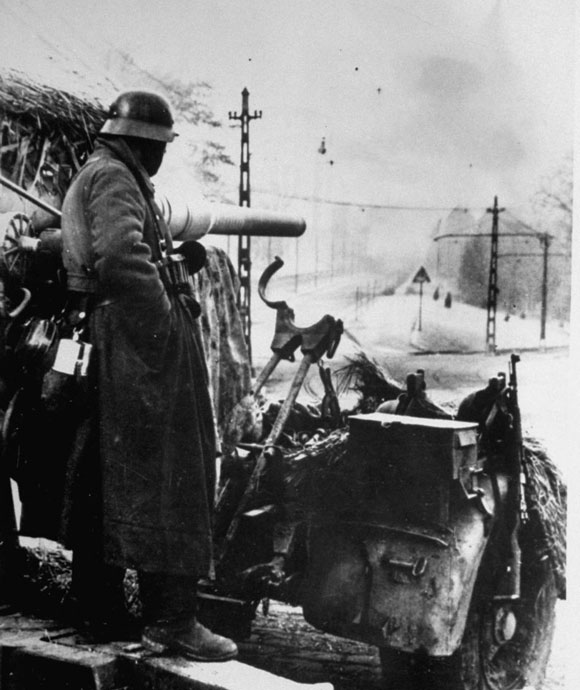 |
Objective: Mogliev
During Operation Bagration
by Rich Hamilton
Operation Bagration was, in effect, a massive three-point attack. The breakthrough attacks were to take place in the north near the cities of Vitebsk and Orsha, and in the south near the city of Bobruisk. The attack in the centre, aimed at the city of Mogilev, was the key in order to encircle German forces in the sector which was why there were many of the strongest German divisions were located. The theory was that the Second Byelorussian front would pin the German 4th Army in place at Mogliev so it could be encircled as the breakthrough attacks in the north and south made there way to Minsk.
The Mogilev Offensive was not expected to make much head-way since it was facing the powerful XXXIX Panzer Corps of the German 4th Army as well as the heavily fortified city. However, it was necessary to attack because the Soviet high command did not want the German Army to engage in a fighting retreat and thus conserve its strength. Rather, they wanted it to be destroyed completely.
|
| What the Soviet planners did not know was that Hitler declared Mogliev
as a Festerplatz, or fortress city, with strict orders of no retreat.
The German Army had put some of its strongest formations in the area to
protect a key road, which allowed mobility from the Pripyat Marshes,
further adding to the strategic value of the Mogliev area. |
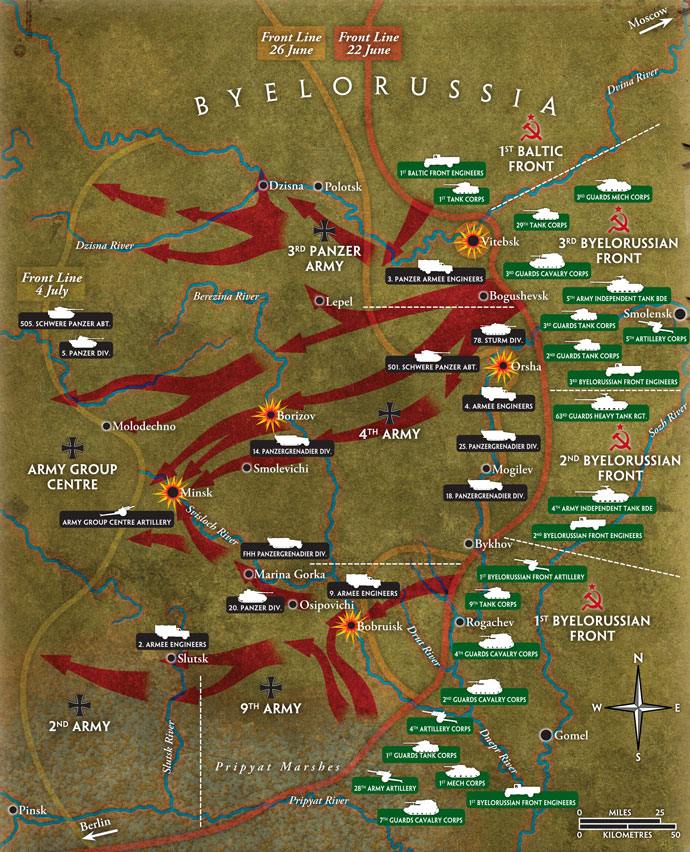 |
|
The German XXXIX Panzer Corps was under the command of General R. Martinek and consisted of the full strength 12th, 31st, and 110th infantry divisions as well as the depleted 337th Infantry Division. Martinek placed the Feldherrnhalle Panzergrenadier Division in reserve. The division was also under strength because one of its tank brigades had been sent to France. At the onset of Operation Bagration, XXXIX Panzer Corps kept at high strength due to its strategic position at Mogilev.
The Soviet 2nd Byelorussian Front faced the XXXIX Panzer Corps. It was the weakest of the Soviet fronts to take place in the offensive, but its task was no less important.The 2nd Byelorussian Front consisted of 22 Rifle Divisions and 2nd Guards
Tank Brigades assigned to three Army Groups; 33rd, 49th, and 50th
Armies
|
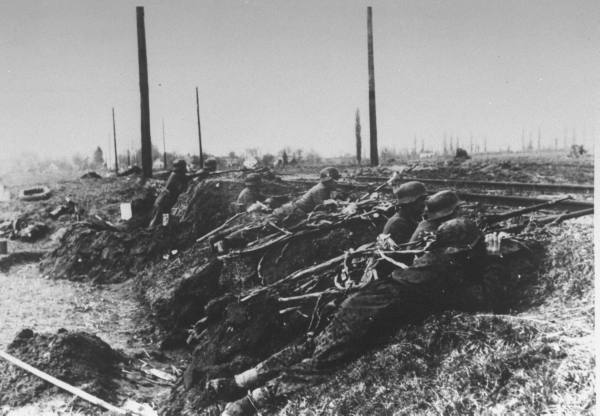 |
|
Additionally, the 4th Air Army supported the Front. The 49th
Army and its eleven rifle division and the 42nd and 43rd Guards Tank
Brigades took part in the heaviest fighting.
The Front was under the command of General Colonel Georgi F. Zakharov. He was described as the most controversial of the four Front commanders, having been placed in command only because the first man chosen was unpopular with Stalin.
The reconnaissance in force began on 22 June after a thirty-minute artillery barrage. Four reinforced companies from the 49th Army’s shock group carried out the mission. The purpose of this operation was to define German firing lines and defensive strategies. The other armies sent out similar reconnaissance missions at the same time.
|
|
During the same night the 4th Air Army began its attacks against tactical targets along the German lines. Their main targets were in rear areas where German equipment and supplies were gathered and stored. These night bombing raids continued through out the night and by the early morning were striking the front edge of the German positions. Under the cover of the noise of the air strikes, the Soviet moved up the heavy equipment, tanks, and assault guns.
The preliminary artillery bombardment began at 0900 on the morning of 23 June 1944 and lasted for two hours. It had originally been planned for 0700 but was delayed two hours due to a heavy fog in the area. They then employed a double rolling barrage in order to cover the assault by the infantry.
The Pronia River posed the first major obstacle faced by the Soviet offensive. Specially trained and reinforced companies went forward under the cover of the artillery fire and forced a crossing using rubber boats. Once on the other side of the river they were surprised to find that only a few artillery observers manned the first line of defences.
Once across the river, the reinforced companies provided covering fire for the Soviet sappers to build 78 assault bridges. Once the assault bridges were completed the sappers moved forward to clear minefields and other obstacles in the path of the attack.
|
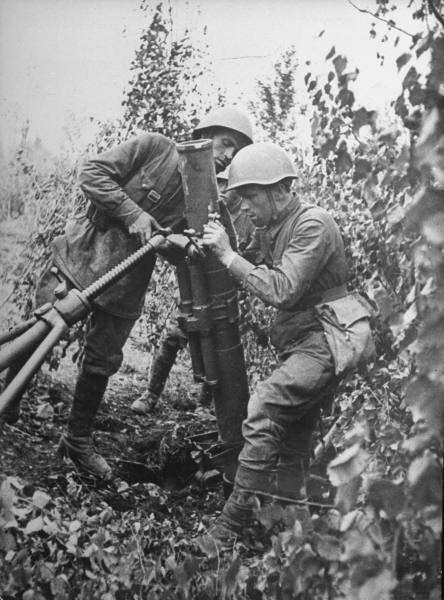 |
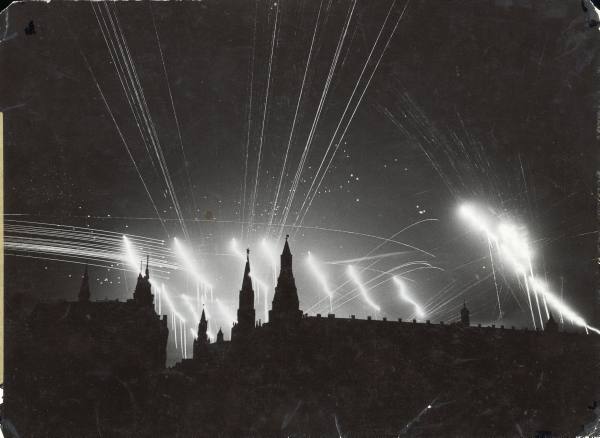 |
By the night of 23 June, a twelve kilometre wide and eight kilometre deep breach had been made in the line held by the German 337th Infantry Division.
During the night of 23 June, the 49th Army reorganized its line and move artillery and infantry support to key areas. The next morning the Soviet attack renewed after a 30-minute artillery barrage and by the nightfall the German defenders were in very bad condition. The 337th Infantry Division was completely shattered, and the 110th Infantry Division was barely holding on, ready to collapse at any moment. The Feldherrnhalle Panzergrenadier Division was sent in to support the remnants of the 337th Infantry Division. |
|
Despite orders to hold fast the German defenders conducted a fighting withdrawal on June 25 leaving behind isolated pockets of resistance to slow the Soviet advance. The Soviet 4th Air Army harassed the retreating Germans at will, conducting 893 sorties on a single day and hastened the collapse of the XXXIX Panzer Corps. The lack of ready tank forces limited the Soviets’ ability to exploit allowing a great deal of German troops to retreat to the next line of defence.
On 26 June Soviet troops began crossing the Dnepr River north and south of Mogilev and the main force reached the soon afterward.
|
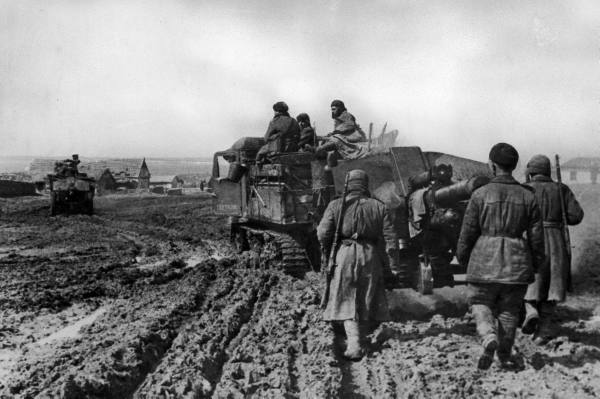 |
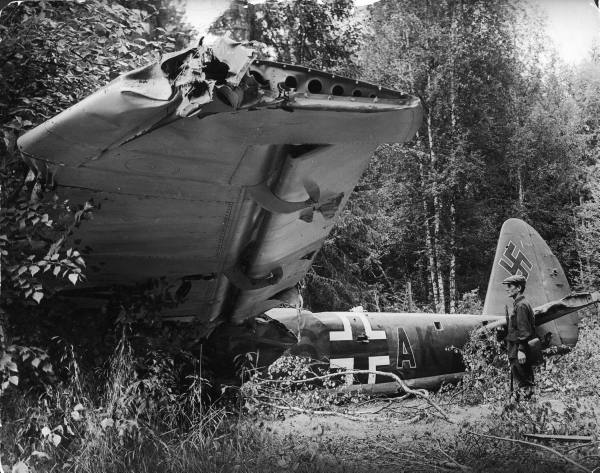 |
The 4th Air Army conducted 1,046 sorties in support of the dash to the
Dnepr River. By the end of the day, the Germans were in full retreat
with the Soviet infantry trying to keep the pressure up as the tank
forces were still struggling to keep up with all the river crossings.
Fighting reached the streets of Mogliev on 27 June and by nightfall the bulk of the Soviet force was in the city. Soviet engineers built two assault bridges to Mogilev and soon tanks and equipment began streaming into the city. Once across the Dnepr River, the Soviet mechanised forces moved to envelope the city of Mogilev.
|
|
Meanwhile, north of the city, Feldherrnhalle Panzergrenadier and the
337th Infantry Divisions were being driven back. Hitler ordered that
all units in Mogilev were to fight to the last man, which proved to be
a mistake, as the city could not be held against the might of the
Soviet advance. The Festerplatz fell very soon thereafter and the
remaining German forces were forced to fall back to the Berezina River.
The first phase of Operation Bagration was coming to an end and Soviet high command was looking toward its next objective, Minsk. The Mogilev offensive was a surprisingly effective attack, considering it had limited expectations for success. They had crossed four rivers in the face of the enemy in just six days and had completely routed the XXXIX Panzer Corps.
|
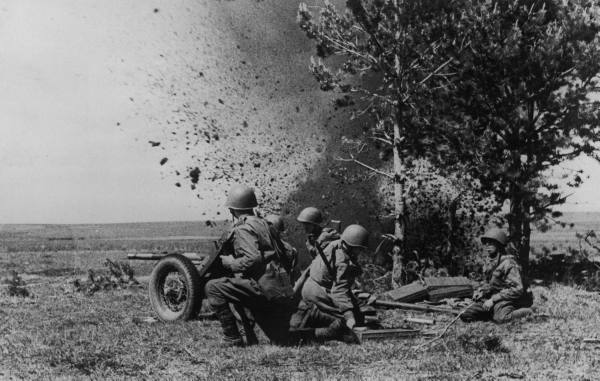 |
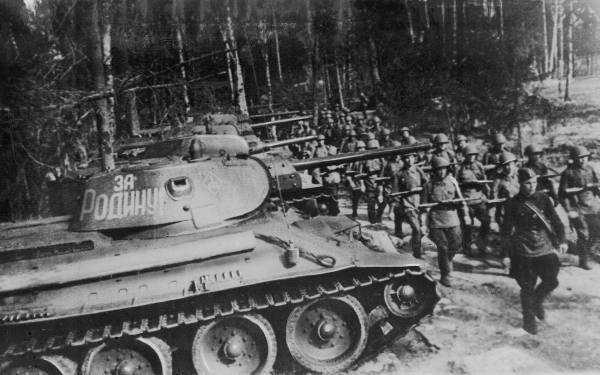 |
Huge stores of equipment were captured, according to Soviet sources, as it was simply left behind by retreating Germans. German loses between 23 to 29 June were steep: 33,250 men captured or killed, 80 tanks, 411 guns of all calibers, 392 mortars, 1,060 machine guns, and 6,150 motor vehicles. The Soviet high command even boasted of capturing three German steamboats.
On 30 June both the Germans crossed the Berezina River followed closely by Soviet forces. The beleaguered XXXIX Panzer Corps reached the safety of Minsk and its reasonably fresh fortified positions. However, the arrival of the Soviets near Minsk heralded the beginning of the next phase of Operation Bagration.
|
Last Updated On Wednesday, November 26, 2008
|
|
|